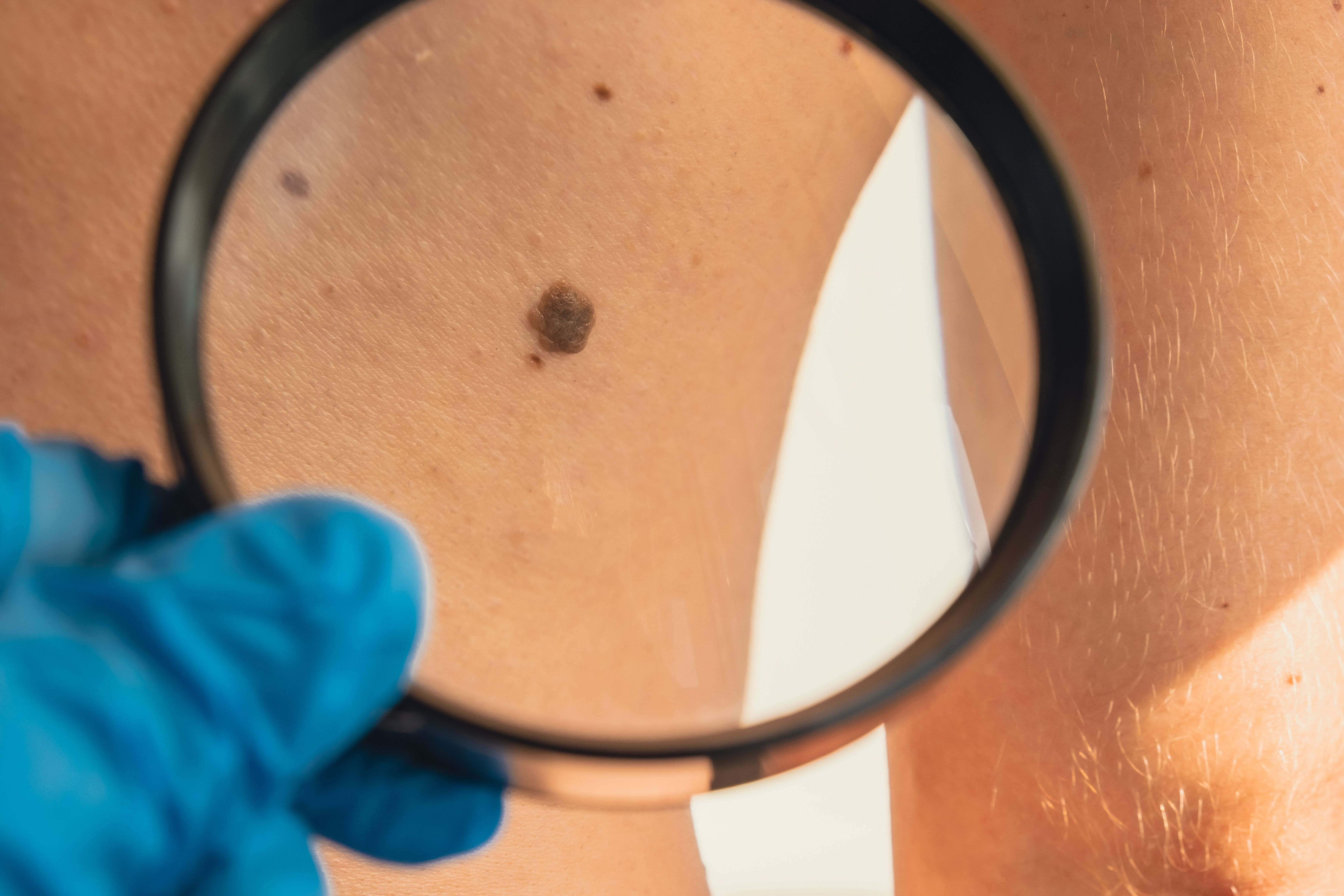Article
CMS Targets Health Care Disparities in ESRD Rulemaking for 2022
Author(s):
The proposed changes to the payment model for end stage renal disease (ESRD) would make it the first payment model under the CMS Innovation Center to directly address health equity by incentivizing increased rates of home dialysis and kidney transplants.
CMS Thursday released a proposed payment rule that takes multiple steps to reduce care disparities for patients with end stage renal disease (ESRD), which disproportionately affects those with lower socioeconomic status.
The changes to the ESRD Prospective Payment System (PPS) would begin on or after January 1, 2022. The proposed rule would update ESRD PPS payment rates, make changes to the ESRD Quality Incentive Program (QIP), and modify the ESRD Treatment Choices (ETC) Model.
The proposed changes to the ESRD ETC Model would make it the first payment model under the CMS Innovation Center to directly address health equity by incentivizing increased rates of home dialysis and kidney transplants.
“Today’s proposed rule is grounded in measures to ensure people with Medicare who suffer from chronic kidney disease have easy access to quality care and convenient treatment options,” said CMS Administrator Chiquita Brooks-LaSure in a statement.
Studies have shown that lower-income Medicare patients have higher rates of ESRD, are more likely to experience higher hospital readmissions and costs, as well as receive in-center hemodialysis instead of being offered home dialysis. In addition, non-White patients are less likely to receive pre-ESRD kidney care, become waitlisted for a transplant or receive a kidney transplant.
In a fact sheet, CMS said under the ESRD PPS for 2022, Medicare would pay $8.9 billion to approximately 7700 ESRD facilities for dialysis services; the base rate is $255.55, an increase of $2.42 from the current base rate.
Hospital-based ESRD facilities would see a decrease in total payments of 1.3%, and freestanding facilities would see a projected increase in total payments of 1.2%. Overall, there would be a 1.2% increase for all total payments compared with 2021.
CMS also outlined a new base payment rate for providers that offer dialysis for acute kidney injury, setting it as the same as the base rate for ESRD of $255.55.
CMS also said it is requesting public comment regarding applications for Transitional Add-on Payment Adjustment for New and Innovative Equipment and Supplies (TPNIES), as 2 products, a home dialysis machine and a monitoring system for peritoneal dialysis, are under consideration for the TPNIES for 2022. CMS is requesting public comment on whether the products meet the eligibility criteria.
For the ESRD ETC model, which is a mandatory payment model, CMS said it is considering a 2-tiered approach to closing disparities via its benchmarking and scoring methodology.
First, a “Health Equity Incentive” would be added to the improvement scoring methodology for both the home dialysis rate and the transplant rate. Providers who show significant improvement in rates of home dialysis or transplantation among patients who are dual-eligible for Medicare and Medicaid or low-income-subsidy (LIS) recipients could earn additional improvement points.
Second, CMS would stratify achievement benchmarks by proportion of beneficiaries who are dual-eligible or are LIS recipients, so providers with a high volume of these patients would not face negative financial consequences.
CMS said “these two proposed changes acknowledge that socioeconomic disparities in access to alternative renal replacement modalities exist and may impact the ability of ETC Participants to perform well in the ETC Model, while providing an incentive for all ETC Participants to reduce such disparities among their Medicare patients.”
The rule will be open for public comment after it is published in the Federal Register.





